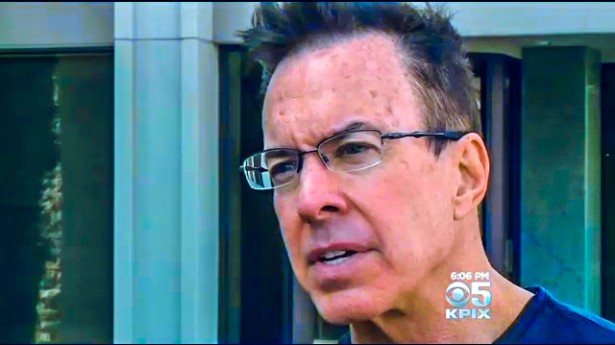OF THE
TIMES
A small body of determined spirits fired by an unquenchable faith in their mission can alter the course of history.
America is placing nuclear weapons in Poland. If I may point out, the following:- 1. America instigated this war. 2. America overthrew the elected...
I wonde what all this attacked sites have in common. Might it be "Micro$oft Windows" ?!? :O
Seems to me this Alien reveal nonsense just puts Tucker squarely in the same role as Agent Musk. Tucker's interview and affect with Rogan strikes...
The depopulation agenda is clear. The globalists/Kabal will slowly starve out the majority of the population. Presently, most of our food comes...
It is a fact of physical existence that everything eats everything, any part of life needs all the other parts of life in order to flourish......
To submit an article for publication, see our Submission Guidelines
Reader comments do not necessarily reflect the views of the volunteers, editors, and directors of SOTT.net or the Quantum Future Group.
Some icons on this site were created by: Afterglow, Aha-Soft, AntialiasFactory, artdesigner.lv, Artura, DailyOverview, Everaldo, GraphicsFuel, IconFactory, Iconka, IconShock, Icons-Land, i-love-icons, KDE-look.org, Klukeart, mugenb16, Map Icons Collection, PetshopBoxStudio, VisualPharm, wbeiruti, WebIconset
Powered by PikaJS 🐁 and In·Site
Original content © 2002-2024 by Sott.net/Signs of the Times. See: FAIR USE NOTICE

Probably an unpopular idea, but re-burying the burial ground is probably the most correct thing to do...No doubt this was done out of a desire to continue a development for profit, but digging up the burial ground of the civilizations of the past shows a lack of respect..Do we really want to have our grand parents disinterred for examination? I doubt it, so leave the grandparents of generations past in peace also.